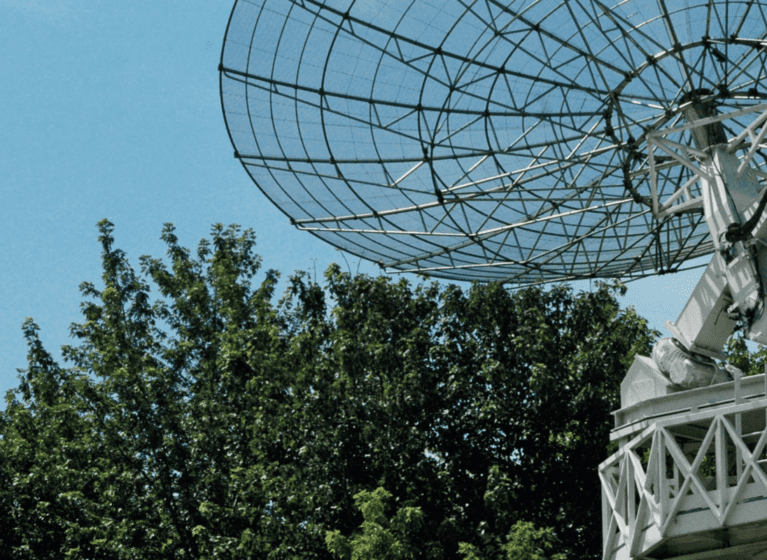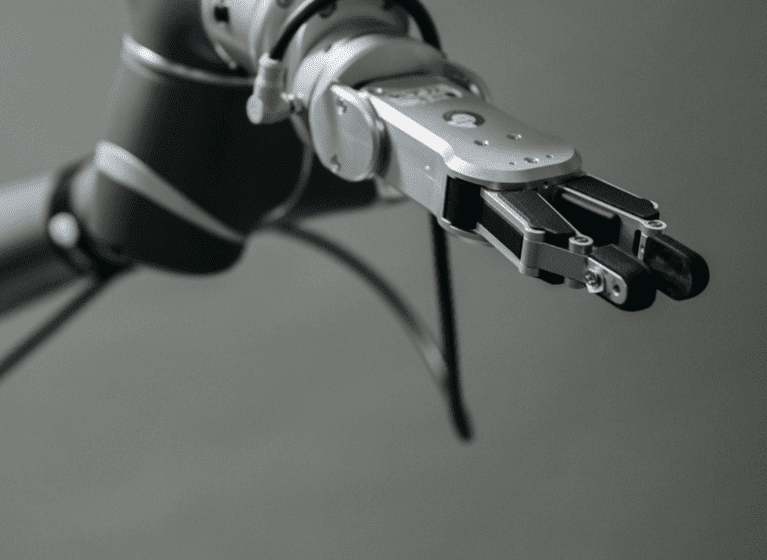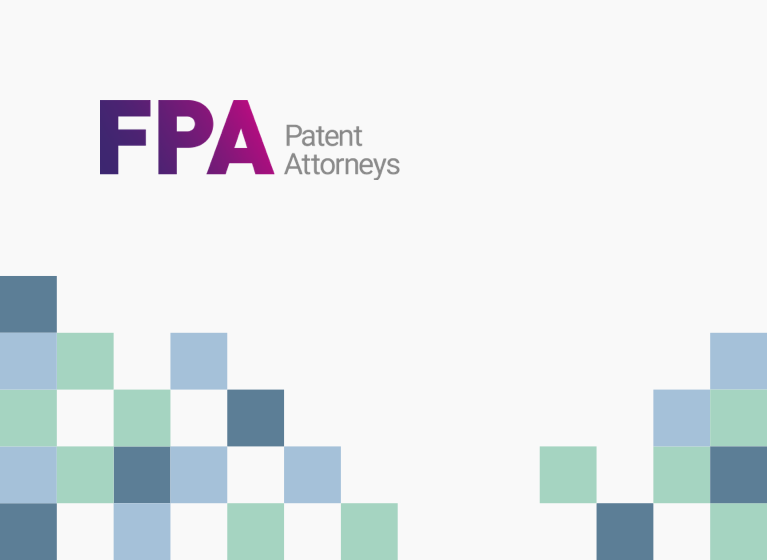A highly anticipated appeal decision of the Australian Federal Court relating to the patentability of computer-implemented inventions in Australia was handed down on 13 September 2019. It is the third appeal decision to find an invention not patentable subject matter. The court has again reiterated that there is no test or formula. It has however provided insight into how a discussion on the dividing line between an abstract idea and a patentable invention may proceed.
The decision on the patentability of a computer-implemented process is Encompass Corporation Pty Ltd v InfoTrack Pty Ltd (2019) FCAFC 161. We previously reported background to the case in November 2018. An expanded bench of the Federal Court heard submissions from the parties, as well as from the Commissioner of Patents and the Institute of Patent and Trade Mark Attorneys.
The process in issue includes retrieving information about a particular entity from remote databases and displaying the results in the form of a network of interconnected nodes. Users can then search for further information by selecting the node, following which searches that are available relating to the entity type for the node are displayed for selection. The computer then performs the selected search.
The first instance decision
In the first instance decision, Justice Perram found that it is necessary to ask whether the method disclosed in the patent involves the implementation of an abstract idea which results in “an improvement in the computer” or to the contrary whether the method “merely requires generic computer implementation”. He indicated that he did not find this inquiry straightforward:
“This is a most difficult test to apply in a case such as the present for it raises the question of what an improvement in the computer is.”
While acknowledging the difficulty, the primary judge held that the enhanced user experience provided by the process did not necessarily result in an improvement in the computer. On this basis the patents in issue were found invalid for lack of patentable subject matter.
The appeal decision
On appeal, the court stressed that there is no formula or test for determining whether or not an invention is patentable subject matter and that this is not an occasion to attempt to define the metes and bounds of patentable subject matter. What the court reiterated however, is that “a mere scheme, an abstract idea, mere intellectual information” is not patentable subject matter.
In the result, the court accepted the submission that the method claims are “no more than an instruction to apply an abstract idea (the steps of the method) using generic computer technology” and rejected the submission that the “claimed method is, itself, a high-level description of a computer program”. The court commented that approached from this perspective, “the method is really an idea for a computer program, it being left (as we have said) to the user to carry out that idea in an electronic processing device”.
Earlier references in the decision to the user being left to carry out the idea include:
“It is fair to say that, having identified the cardinal steps of the exemplified method, the specification leaves it to the user to implement the method in the way he or she might choose to do so, assisted by broadly-expressed and non-limiting suggestions or possibilities.”
“It will be apparent that claim 1 does not characterise the electronic processing device which performs the method. As we have said the specification makes it clear that ‘any suitable processing system’ may be used.”
“It is important to note that the various suggested ways in which the method can be implemented, as described in the specification, are not essential integers of the claimed invention.”
No test, but perhaps a framework for discussion
The comments of the court perhaps indicate that if the specification had described and claimed details on how the method is implemented, then there may have been a different result. This is of course consistent with an inquiry into whether something is abstract, namely whether it is “not applied”, “conceptual as opposed to actual”1.
The line between an abstract idea and a patentable invention is never likely to be clear, both for computer implemented inventions and inventions implemented by other technology. This will lead to some uncertainty. However, the guidance provided by the court provides a framework for the discussion. Uncertainty may be the necessary price to pay for the flexibility to accommodate new fields of invention.
1 Macquarie Dictionary, 5th Edition.








